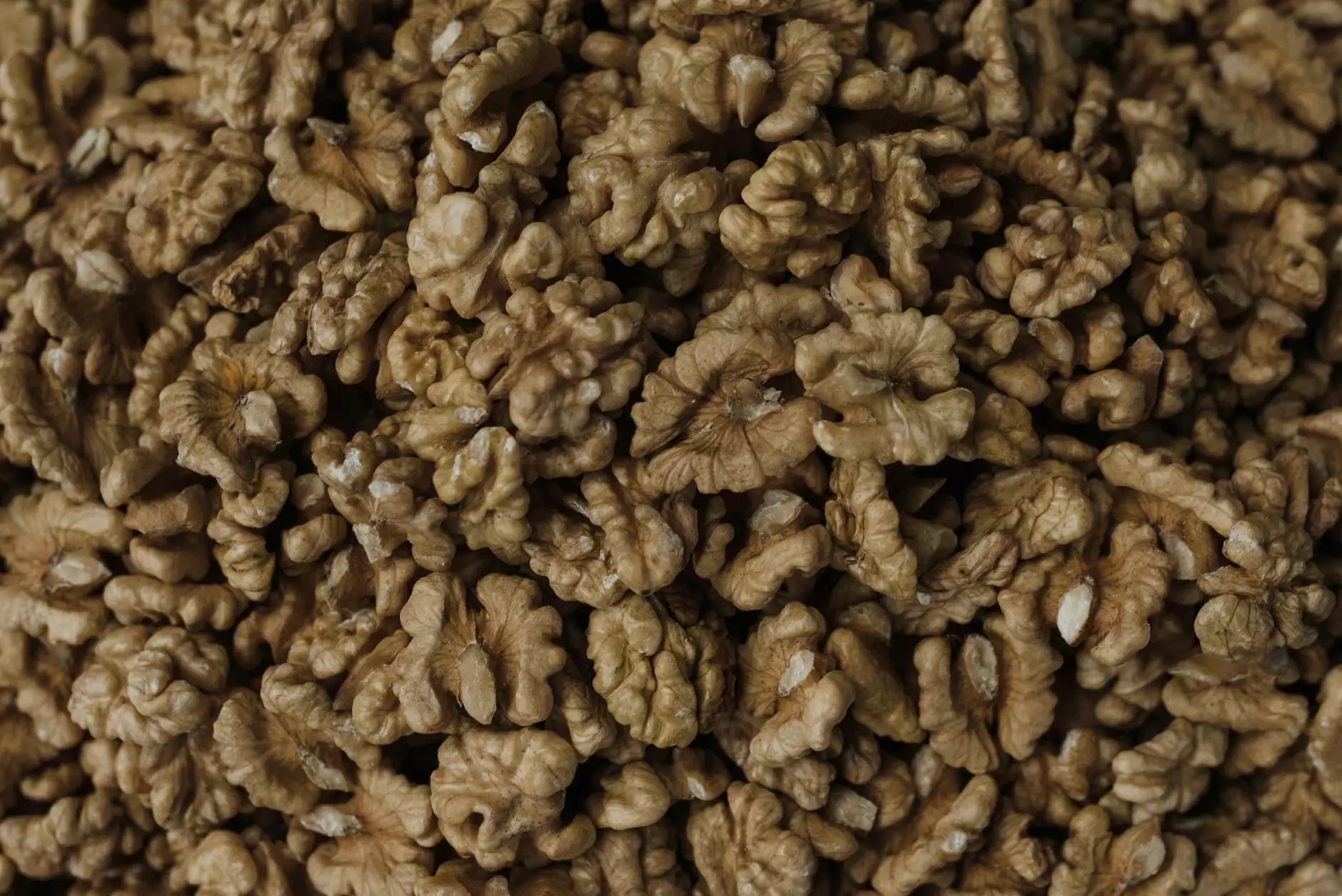Understanding Swollen Calves and Ankles

Swollen calves and ankles are common conditions that can affect individuals of all ages. While they are often benign, persistent swelling can signify underlying health issues. This comprehensive guide explores the causes, symptoms, and treatment options available to address this condition.
What Causes Swollen Calves and Ankles?
The causes of swollen calves and ankles can range from minor lifestyle choices to more serious medical conditions. Here’s a breakdown of the most common causes:
- Fluid Retention: This is one of the most common reasons for swelling. It occurs when the body retains excess fluid, often due to dietary choices, such as high sodium intake.
- Injury: Trauma to the legs can result in localized swelling. Sprains, fractures, and even muscle strains can manifest as swelling in the calves and ankles.
- Venous Insufficiency: A condition where veins have difficulty sending blood back to the heart, leading to pooling of blood and swelling in the lower extremities.
- Heart Problems: Conditions such as congestive heart failure can lead to swelling in the legs due to poor circulation.
- Kidney Disease: Impaired kidney function can lead to fluid retention throughout the body, often seen in the lower legs.
- Liver Disease: Liver dysfunction can disrupt the production of proteins needed to maintain fluid balance, resulting in swelling.
- Pregnancy: Hormonal changes and increased body fluid during pregnancy can cause swelling in the calves and ankles.
- Medication Side Effects: Certain medications can cause swelling as a side effect. Common offenders include corticosteroids and some diabetes medications.
Identifying Symptoms
Recognizing the symptoms associated with swollen calves and ankles is essential for determining the appropriate treatment. Symptoms may include:
- Swelling: A clear increase in size of the calves and ankles, which may feel tight or stretched.
- Pain or Discomfort: Swollen areas may be tender to the touch or ache, especially after prolonged standing or activity.
- Skin Changes: Skin may appear shiny, discolored, or feel warm in the affected areas.
- Limited Mobility: Difficulty in walking or moving due to discomfort or tightness.
When to Seek Medical Attention
While occasional swelling may not be a cause for concern, it’s important to recognize when to seek medical help. You should consult a healthcare professional if:
- The swelling persists for more than a few days.
- There’s severe pain or discomfort in the legs.
- You notice sudden swelling in one leg, which may indicate a serious condition such as deep vein thrombosis (DVT).
- Swelling is accompanied by other symptoms such as shortness of breath, chest pain, or fever.
Diagnostic Approaches
To properly assess and diagnose the causes of swollen calves and ankles, healthcare providers may use the following diagnostic methods:
- Physical Examination: A thorough physical assessment to check for swelling and other abnormalities.
- Medical History Review: Understanding the patient’s medical history, including existing conditions and medications.
- Diagnostic Imaging: Ultrasounds or MRIs may be used to visualize the blood vessels and assess for clots or abnormalities.
- Blood Tests: Tests to evaluate kidney, liver, and heart function, as well as to check for any underlying medical issues.
Treatment Options for Swollen Calves and Ankles
Treatment for swollen calves and ankles largely depends on the underlying cause. Here are some common approaches:
1. Lifestyle Changes
Making adjustments to your lifestyle can significantly help manage swelling:
- Dietary Modifications: Reducing sodium intake can help lessen fluid retention.
- Hydration: Drinking sufficient water can help the body eliminate excess sodium.
- Regular Exercise: Engaging in physical activity, such as walking, can improve circulation and reduce swelling.
- Weight Management: Maintaining a healthy weight can alleviate pressure on the legs.
2. Medical Treatments
If lifestyle changes are insufficient, medical treatments may be necessary:
- Compression Therapy: Wearing compression stockings can help improve circulation and reduce swelling.
- Medications: Diuretics may be prescribed to help the body eliminate excess fluid.
- Physical Therapy: Consultation with a physical therapist can help regain strength and mobility.
Preventing Swollen Calves and Ankles
Preventive measures can significantly reduce the risk of developing swollen calves and ankles:
- Stay Active: Regular movement is key to improving circulation. Consider standing or stretching periodically during long periods of sitting.
- Elevation: Elevating the legs can help reduce swelling at the end of the day.
- Proper Footwear: Wearing comfortable, supportive shoes can help in maintaining healthy blood flow.
Conclusion
Swollen calves and ankles are a common issue that can indicate more serious health concerns. Understanding the causes, symptoms, and treatment options is essential for effective management. If you experience persistent swelling or other concerning symptoms, it is vital to seek medical advice promptly. With the right approach, you can address this condition and maintain your overall vascular health.
At trufflesveinspecialists.com, we are dedicated to providing expert insights and solutions for vascular health. Our team of professionals is committed to helping you understand and manage conditions like swollen calves and ankles effectively.



